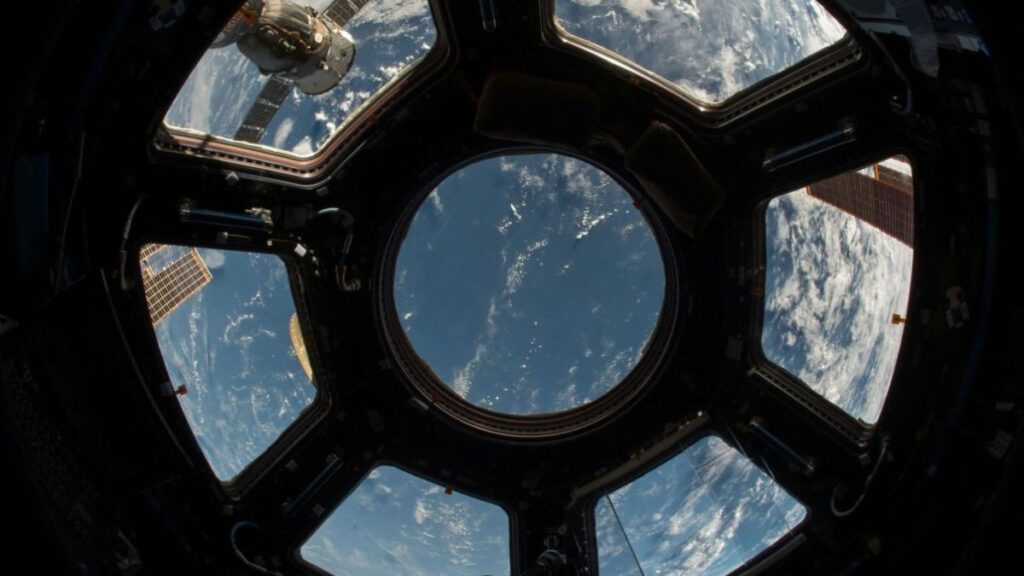Life on earth was irrevocably altered in 1961 when humanity launched into outer space. The battle began, the first Moon Expedition was broadcast nationally by America. The beauty of the vast unfathomable permeated everyday existence and popular culture.
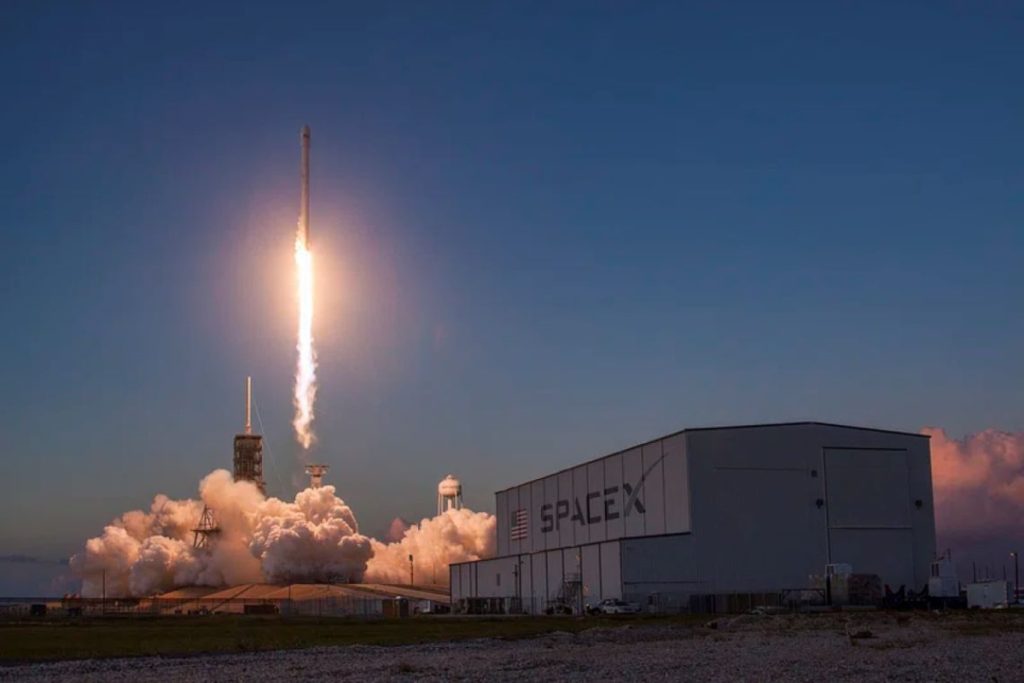
However, over the past fifty decades, space exploration has lost some of its global importance. There have been twelve astronauts dispatched to explore the moon from 1969 and 1972, but we have not yet returned. Man presently intends to visit Mars.
An Innovative Launch
A breakthrough high-thrust missile called a Pulsed Plasma Rocket, which NASA confirmed financing for a few weeks ago, has the potential to deliver people to Mars within a matter of two months.
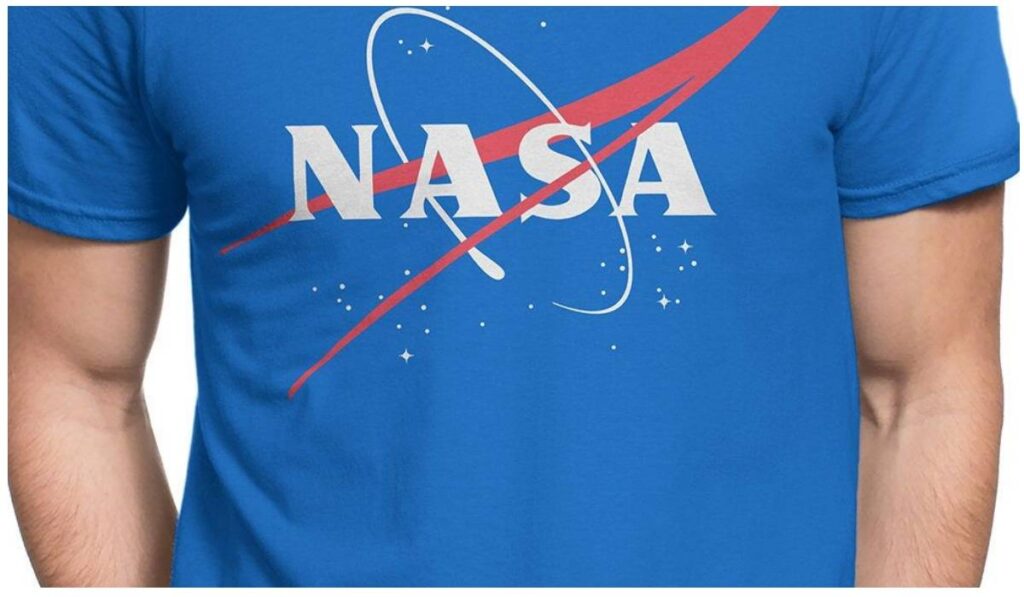
A manned Mars trip would have been far less risky and expensive thanks to this revolutionary rocket, which cut the initial anticipated length of transit across Earth to Mars by roughly five months. Space missions could undergo a shift because of this innovation, according to the space agency.
Nobody has ever visited Mars
The federal space agency began investing its time and funds on plans to launch a manned Mars expedition prior to concentrating on Moon operations. Yet only the Mars Rover has emerged from the earth.
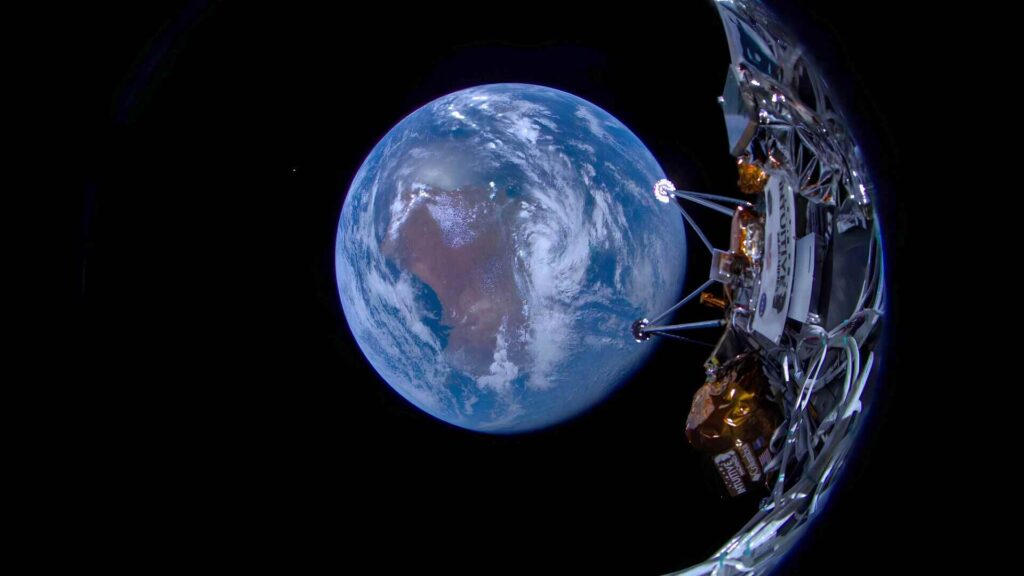
This is somewhat of an absurdity in the planetary or Mars communities, according to curator Matthew Shindell of the National Air and Space Museum, who spoke with Business Insider. Living on the planet Mars remains at least 20 years distant.
The Causes of Mankind Not Visiting The Planet
Science was not preventing mankind from visiting Mars. Rather, it was primarily objective as well as politics.
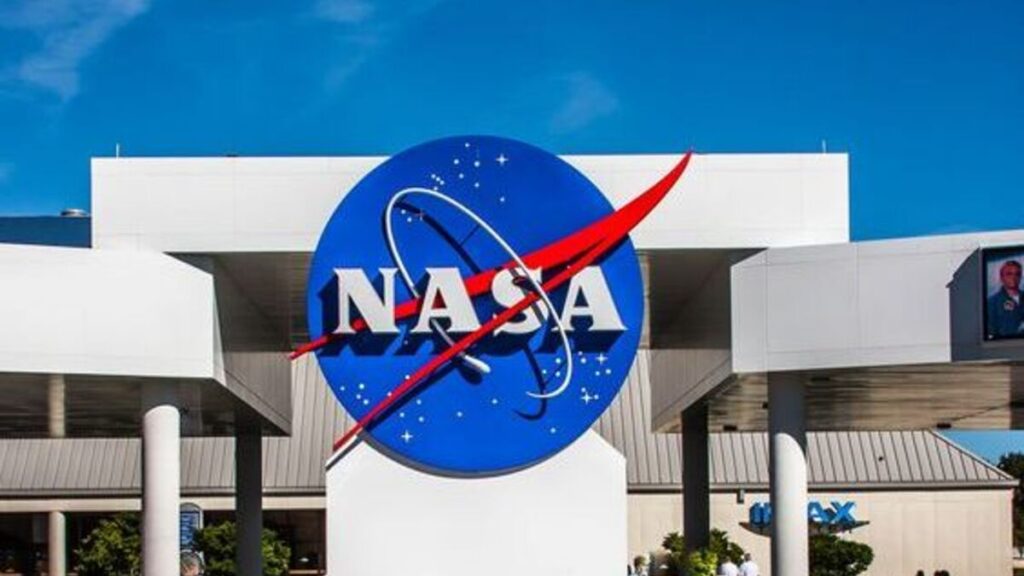
Although operated Moon expeditions have demonstrated accomplishment, the cost for such trips is very high. Approximately five percent of the government revenue was being spent on NASA. The entirety of the Apollo mission will now run to more than $260 billion, modified for appreciation.
WATCH: Researchers Find Potential $37 Billion Treasure on $2 Million Coal Mine
The Modern Era of Space Travel
The political motivation for this type of funding has faded. Just under one percent of the federal money currently is allocated to NASA. During the course of the 1990s and 2000s, NASA implemented certain crucial choices that still have an impact on space flight, despite having reduced its funding.

NASA’s concentration on re-using shuttle parts—particularly the engines—has forced it to prioritize this above innovation as well as space exploration in order to save money, advance subsequent initiatives, and maintain the wages and employment of its workforce.
Mars Expeditions Will Eventually Occur
With the goal of returning mankind to the lunar surface Moon as well as erecting long-term settlements similar to those featured in Ridley Scott’s Aliens, the space agency has begun working on the Artemis mission. This moon endeavor prepares the stage for upcoming Mars expeditions.
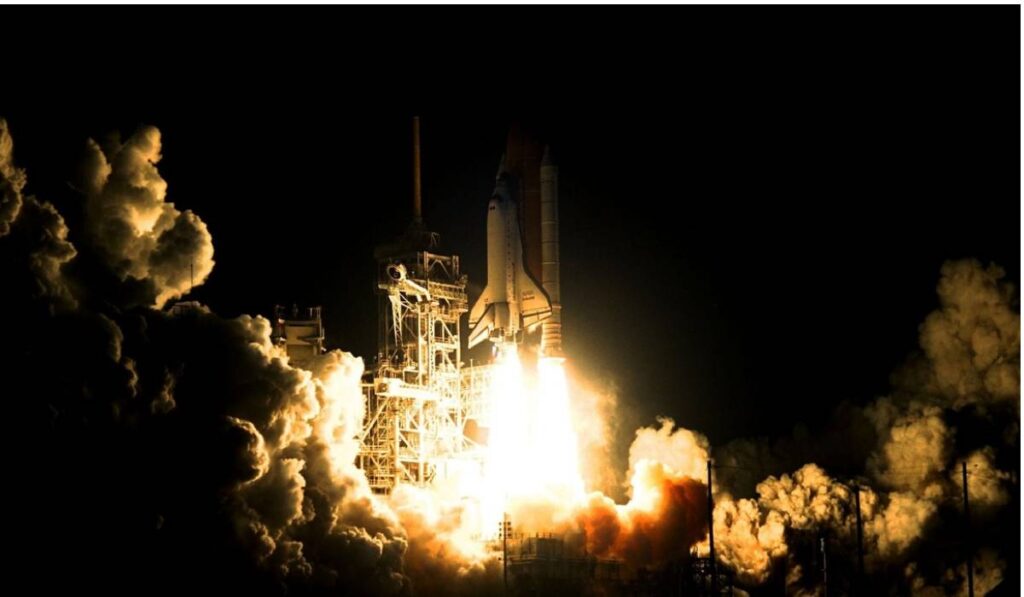
Mars explorations constitute a frontier target, which means that they will be the following undertaking after the Moon is occupied, and as stated on NASA’s page.
The Initial Efforts to Reach This Planet
NASA did not always have Mars as its ultimate objective. A bold concept to construct a craft that could be propelled by nuclear explosions was conceived in the latter part of the 1950s by theoretical physicist Freeman Dyson along with nuclear arsenal expert Theodore Taylor of Los Alamos.

Called Project Orion, it will require twelve years to build, costing one hundred million dollars annually, and have room for 150 individuals. One worry plagued the space agency: what happened when any of the numerous explosives needed to power the craft blew up?
POLL—Do You Support a Single-Payer Healthcare System (Medicare for All)?
The Earliest View of the Planet
Notwithstanding Project Orion’s lack of financing, NASA remained committed to orbiting the brightly colored planet. When The agency’s Mariner 4 spacecraft launched to explore within Mars in 1965, it established itself as the initial spacecraft to circle another globe.

The mission returned to Home with 21 images of the planet, providing humanity with an initial look at an existence apart from the one we live in.
Musk Aims for Mars
The preparation for NASA-coordinated crew-transport initiatives to Mars began during the 2010s alongside space-related businesses such as SpaceX.

In 2016, Elon Musk, the creator of SpaceX, declared his goal of sending humans to Mars in a matter of ten years. That was changed to 2029 by him after he made that declaration. Musk nevertheless declared that the planet would be populated by 2050 with optimism.
The Current Status of Aerospace
During Presidents Barack Obama and Donald Trump, aerospace gradually returned to the US’s agenda of priorities.
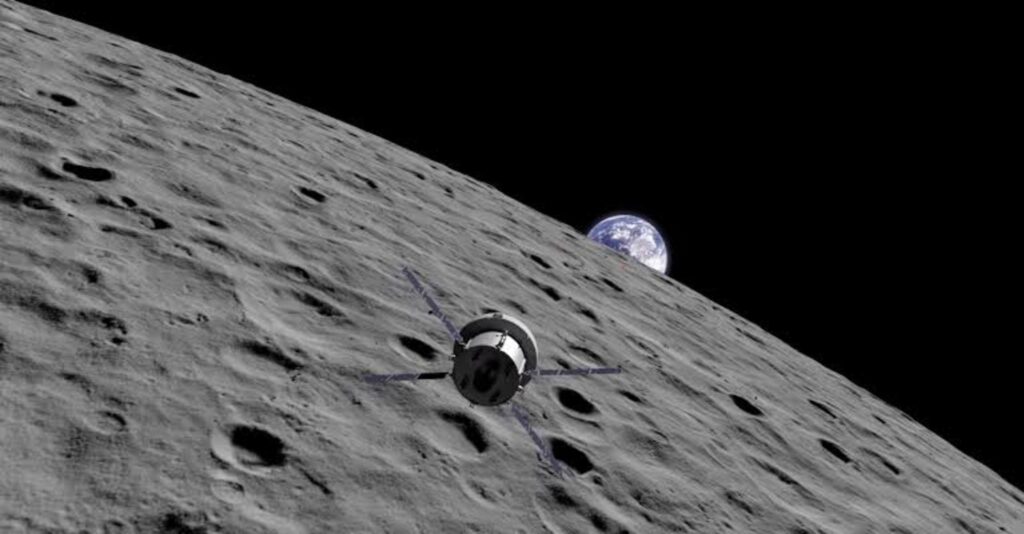
NASA’s “moon first” strategy gave rise to what is now the Artemis Program, that aims to establish a lunar spaceship wherein inhabitants can reside for a couple of months, dispatch crew members towards distant space travel, and bring people back to the moon.
WATCH: Wolves Thrive in Chernobyl’s Radioactive Land, Develop Unexpected Abilities
Humans Could Settle in the planet Mars in the Future
Thanks to significant technological advancements, we can now see the nearby globe up close. Nevertheless, no person ever stepped on the surface of Mars.

NASA is focusing on numerous additional human-led projects in addition to its ongoing efforts to land humans on Mars around the start of the 2030s.
The Present Difficulties in a Mars Expedition
NASA acknowledges the fact that Mars is its long-term goal, but the expedition has several special problems that nobody might have anticipated. Risks that NASA along with its astronauts must deal with include missed communications, fuel shortages, long trip times, medical problems, equipment failures, and potential exposure to radiation reaching the planet.
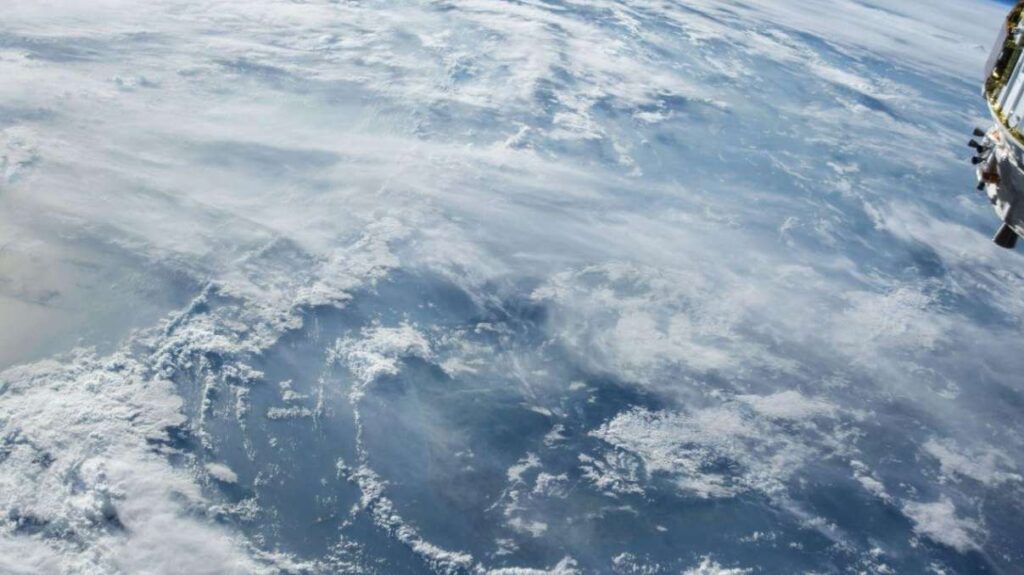
Investigations can begin if explorers manage to make contact with the planet’s crimson surface. The settlements that Musk envisions may actually materialize in a matter of years.
You Might Also Like:
FDA Issues Recall for Baby Products With Potentially Fatal Bacteria
Map Reveals Parts of New York Will Be Underwater Amid Rising Ocean Waters
California Delays Minimum Wage in Budget Balancing Effort
Chad Daybell’s Death Sentence: What to Know About Idaho’s Death Penalty
Jennifer Aniston Debuts Chic Spring Bob, a Modern Version of “The Rachel”

